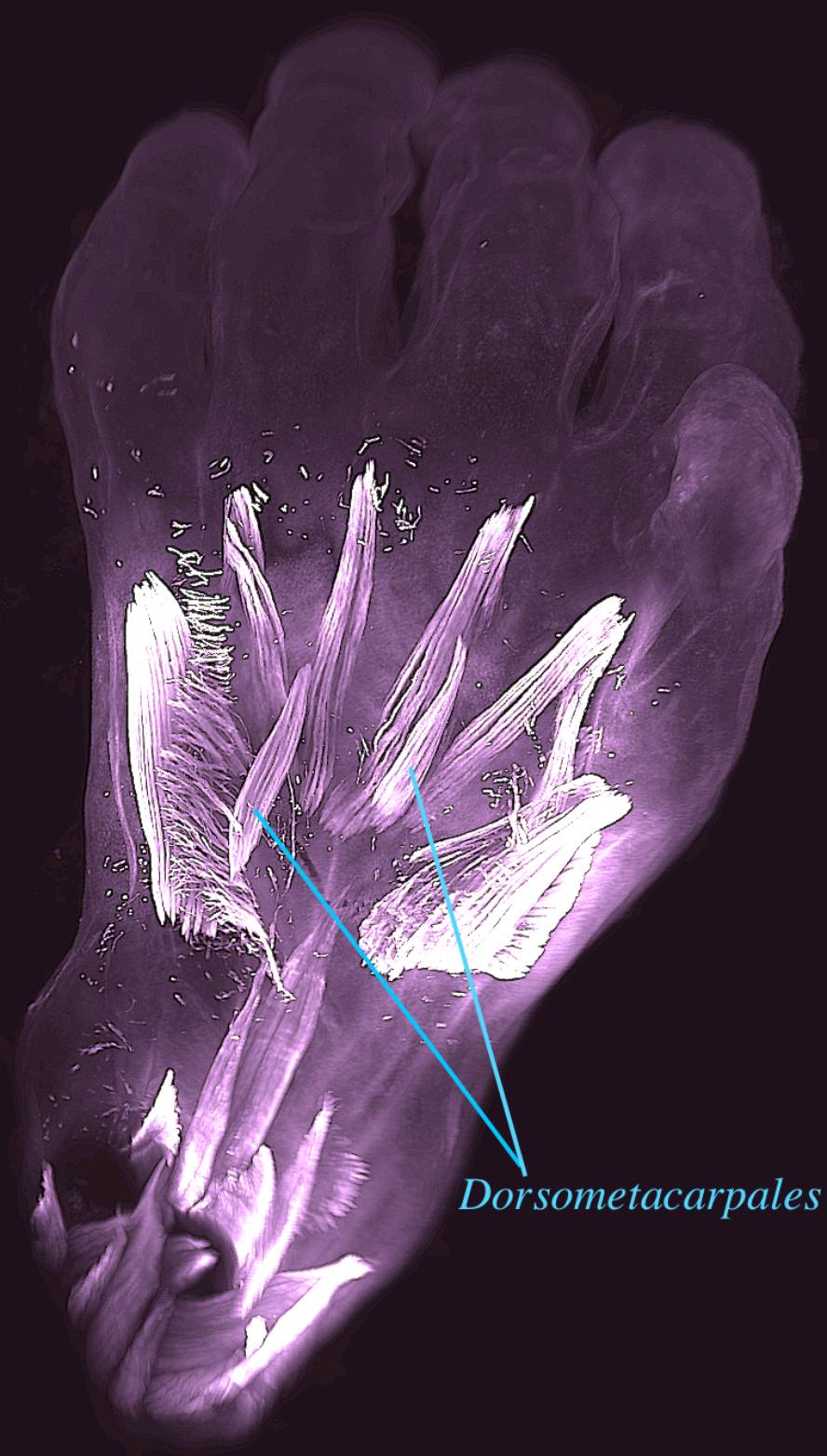Muscles lost by man in evolution are seen in embryos
Other mammals do, but have discovered that some muscles that we don't have people develop into human embryos and then disappear. This discovery will help to better understand the evolution of the extremities and to understand some strange anomalies or malformations in the extremities. The work has been published in the journal Development.
Numerous traces of evolution can be found in the development of embryos. For example, the embryos of dolphins and whales, once the developments of the posterior extremities have begun, recede and in the human embryos a bestial tail develops that finally remains as coxis. It has also been suggested that there may be other problems in embryonic anatomy, including muscles.
But it is not easy to see such structures. Now, using high-quality 3D images, with the highest resolution in history, the muscles of the extremities of human embryos and fetuses have been analyzed. And they have found several bestial muscles, which other mammals have, but are not common in people. From embryos to eleven week fetuses.






